Indo-Pacific region witnessing global power shift: Sunil Lanba
The Indian Express published an article on Admiral Sunil Lanba's Special Address at The Gateway of India Geoeconomic Dialgue on the Indo-Pacific region
 Courtesy: Indian Express
Courtesy: Indian Express
The Indian Express published an article on Admiral Sunil Lanba's Special Address at The Gateway of India Geoeconomic Dialgue on the Indo-Pacific region
 Courtesy: Indo-Asian News Agency
Courtesy: Indo-Asian News Agency
The Indo-Asian News Agency published an article on the Special Address given by Admiral Sunil Lanba at The Gateway of India Geoeconomic Dialogue on the Indo-Pacific region
 Courtesy: Future World Foundation
Courtesy: Future World Foundation
Future World Foundation republished an article published by Gateway House, which was written by Rohinton Medhora, President, the Centre for International Governance Innovation, Canada
 Courtesy: Indian Express
Courtesy: Indian Express
The Indian Express published an article on the speech given by Dr. V.K. Singh, Minister of State for External Affairs, at the Gateway of India Geoeconomic Dialogue where he discussed India's defense policies.
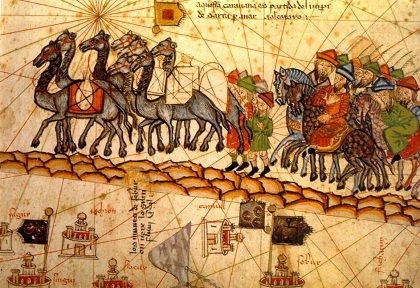 Courtesy: Wikimedia Commons
Courtesy: Wikimedia Commons
China’s resurrection of the ancient Silk Road is ambitious, sprawling, hegemonic. Its pre-European origins, though, lay in a criss-crossing of nameless caravan routes on which Indian cotton was traded as vigorously as Chinese silk, tangible proof of the interdependence of two ancient civilisations over two millennia
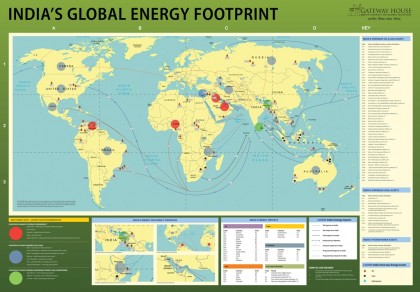 Courtesy: Gateway House
Courtesy: Gateway House
Trends in technology, geopolitics and geoeconomics have dramatically transformed the global energy scenario in the last two years. This means favourable conditions for import-dependent India, which must use the opportunities available to reduce its vulnerability to high energy prices. The jump in oil prices past the $60 mark suggests that India must act with alacrity. India’s Energy Footprint Map offers a profile of India’s global trade and investment in energy, and indicates what India can do to access cheap and reliable supplies
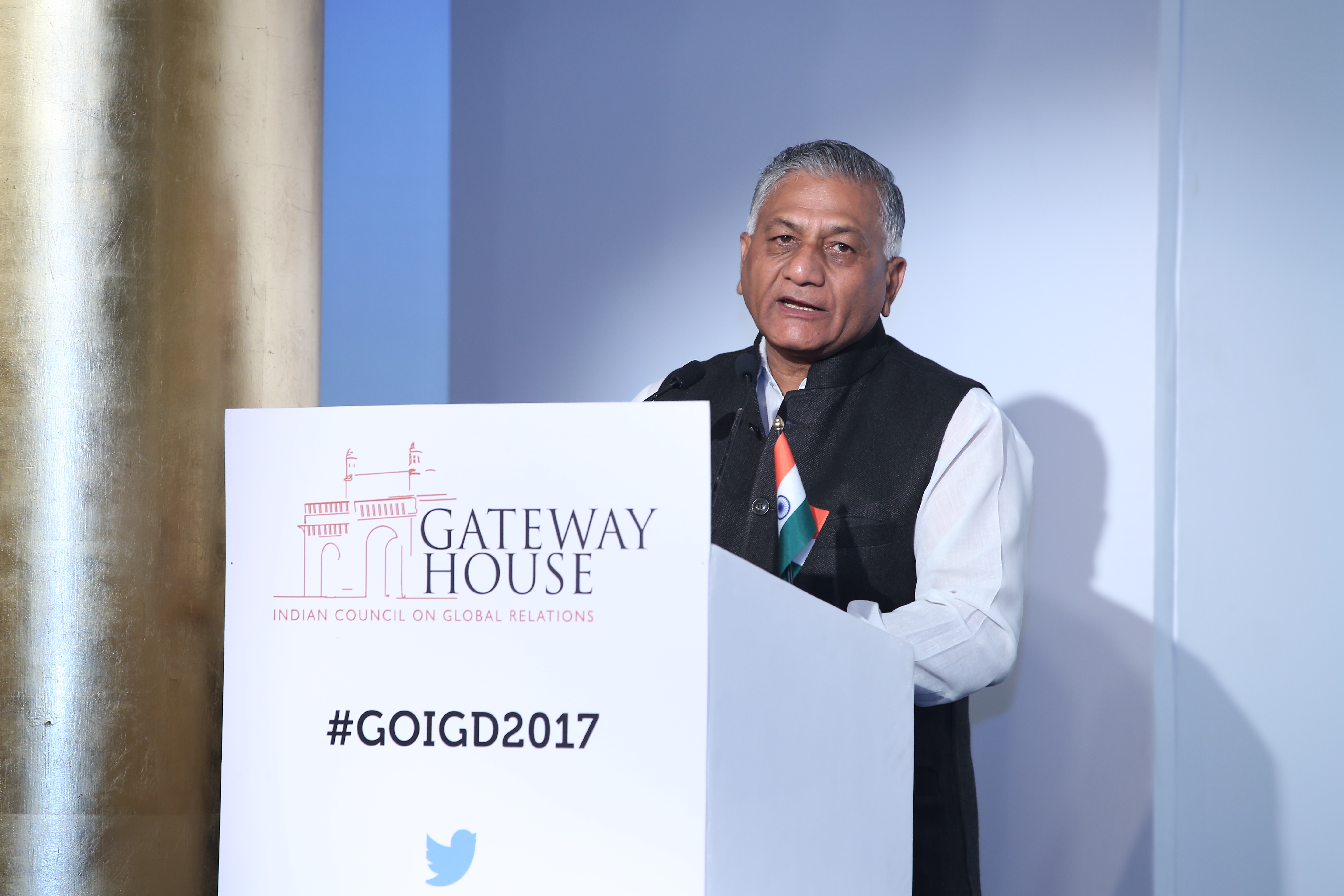 Courtesy: Gateway House
Courtesy: Gateway House
Hon'ble Gen. (Retd) Dr. V.K. Singh, Minister of State for External Affairs, Government of India delivered the Valedictory Address on Aligning Foreign Policy with Domestic Interests at India’s second Gateway of India Geoeconomic Dialogue conference in Mumbai, organised in association with the Ministry of External Affairs. Singh speech discussed the importance of the implementation of foreign and domestic policies to further domestic economic interests.
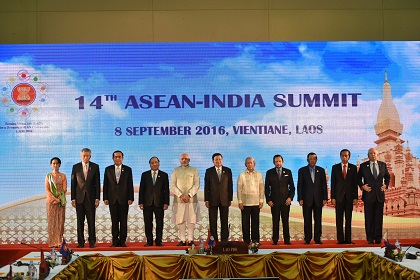 Courtesy: MEA/ Flickr
Courtesy: MEA/ Flickr
The Indo-Pacific region is home to some of the largest and most rapidly growing economies as also powerful military forces. Nuclear threats, international terrorism and climate change are some of the issues that define the region. Uncertainty dogs relations among the four nations in the top league—U.S., China, India and Japan—but what is emerging is a hawkish, policy stance from the U.S. as opposed to an isolationist outlook apprehended earlier
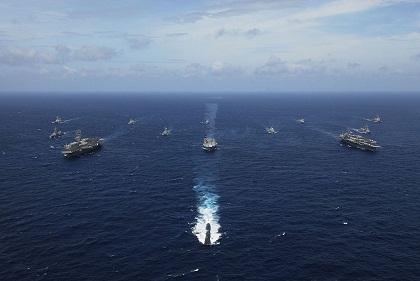 Courtesy: Wikipedia
Courtesy: Wikipedia
A strategic coming together of the U.S., Japan, Australia, and India was close to fruition some years ago, impelled initially by the tsunami of 2004. The spirit of the enterprise remains alive even now, and there are many merits in India joining the quad, but such an arrangement can skew existing Asian equations, jeopardising the Act East policy
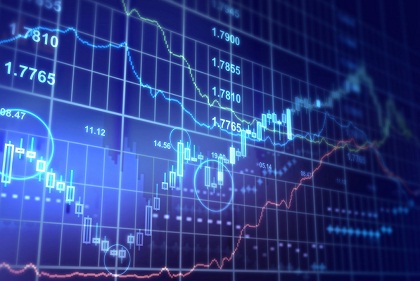 Courtesy: Northernminer
Courtesy: Northernminer
In the wake of trade-based globalisation followed by financial globalisation, a large volume of capital began moving from developing to advanced countries. This has resulted in relatively poor developing countries effectively becoming net creditors to the rest of the world. Reversing this massive outflow of capital requires governments to strengthen governance in all its dimensions and have closer international collaboration to tighten the regulatory oversight of tax havens for greater transparency